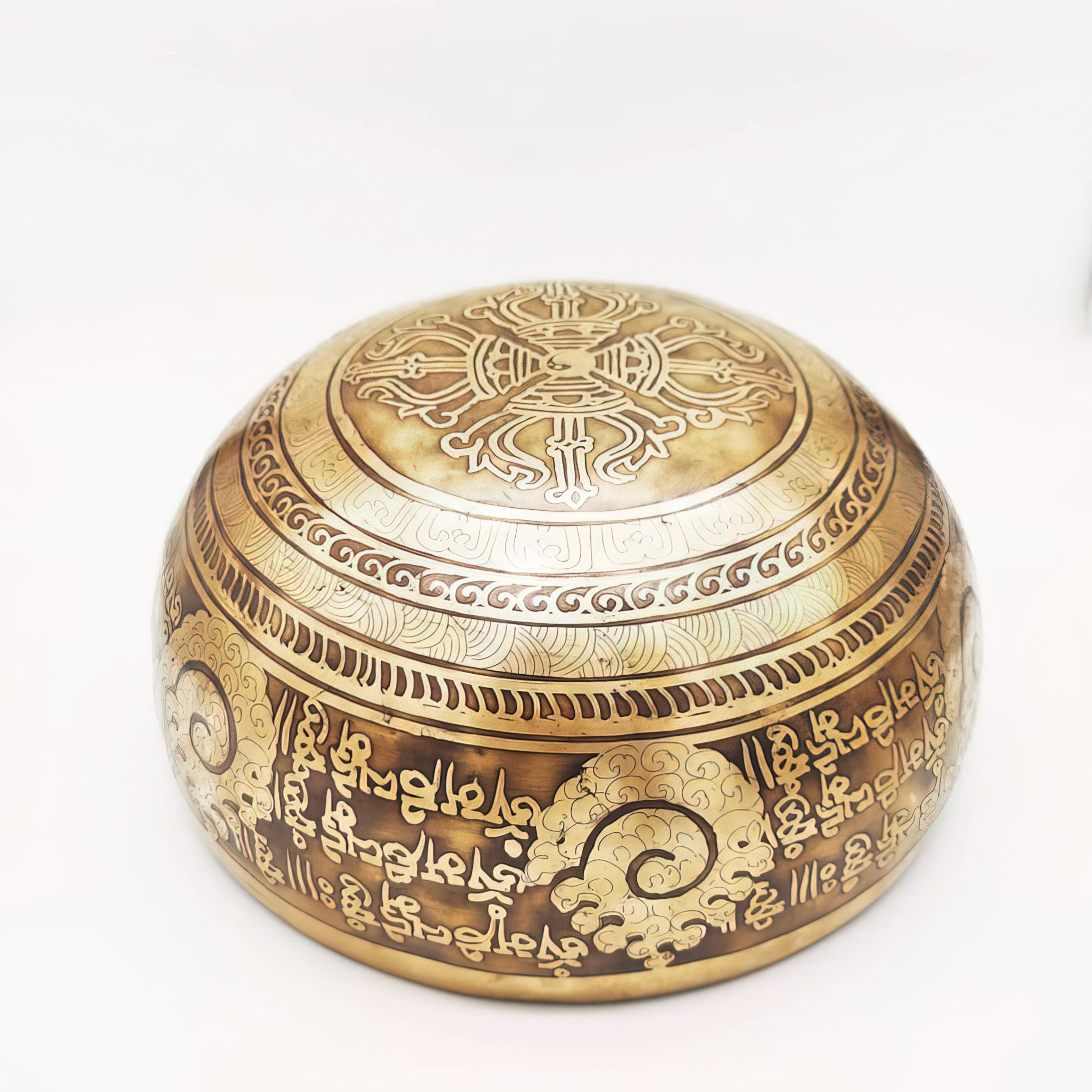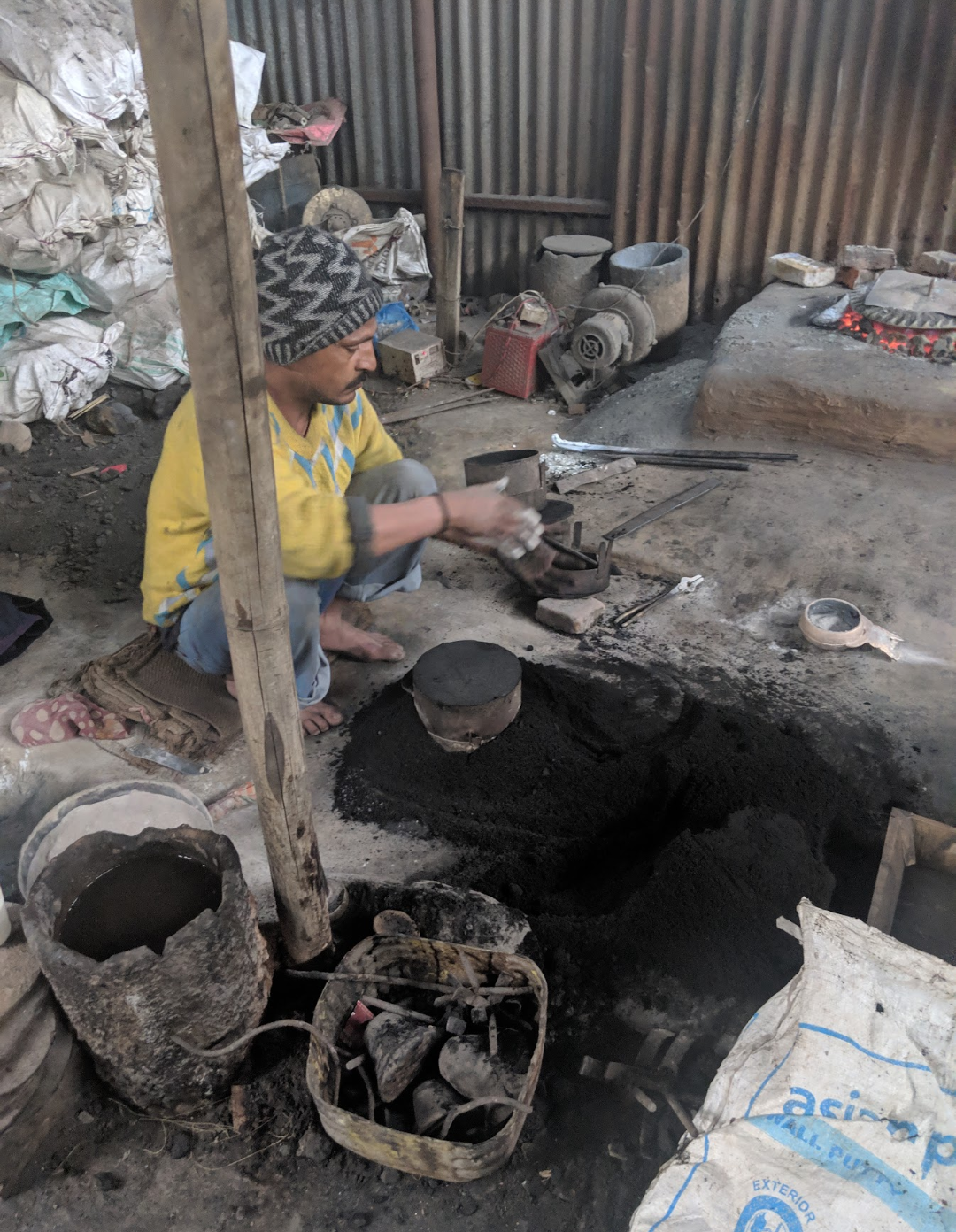
Vikrant Rana is originally from Nepal. His company, Everest Wings, sells handcrafted products made by Kami, Newar, Tamang, Magar, Tharu, and Yadav Peoples, ranging from the Himalayas to the lowlands of Nepal. The business was born out of tragedy; in the wake of the 2015 earthquake that devastated his homeland, Rana was moved to help. “My best friend and I were in Boston and wanted to help our people back home,” he recalls. “We provided some financial help but we wanted to do something more. [So] we collaborated with Old South Church in Boston to sell goods from Nepal. When we went back to Nepal, we saw the primary school in my district completely destroyed by the earthquake. We wanted to rebuild that district. We started with hemp products like backpacks and hats. We also started sourcing wooden masks, then metal products like singing bowls. We felt like we were not only selling the product, but we were telling people about how beautiful our culture is. That really gave us a lot of satisfaction. After finding out about the Cultural Survival Bazaar, things multiplied. We got into the right place with the right kind of people.”
Today, Everest Wings’ motto is “hemp and healing.” Hemp grows abundantly in the wild in Nepal’s mountainous region. “We are trying to bring hemp as a sustainable source and healing with meditation and sound and vibration and yoga,” Rana explains. “Hemp is utilized in our everyday life in Nepalese culture. My grandmother used to give hemp seed to the cows and buffalo when they were really sick.” Local farmers will cut the hemp and dry it under the sun, and then start handweaving it into thread. Later, the hemp is mixed with cotton to make other products.

An ornately decorated singing bowl.
Singing bowls typically come from Indo-Tibet, where Buddhism and Hinduism flourished. The idea of sound healing comes from the second or third century. People would create metal bowls for use in religious purposes, using their vibration to keep bad energy away. Later on, mainstream yoga sects started using them. “Artisans use different kinds of metals to produce bowls using fires and ovens. They handwrite mantras on them. The artists also make a lot of Buddhist sculptures. It’s a really growing market,” Rana says.

Crafting singing bowls.
In addition to giving back to where he came from, Rana also wants to showcase the beautiful artistic expression of the different ethnic and Indigenous Peoples in Nepal. “There are certain people who only make the metal bowls, and they have been doing this for generations and generations. Certain farmers in certain villages just produce hemp products. We are bringing their voices, their artistry, and skills to the world,” he says. To have a greater impact, Everest Wings started organizing six-month trainings
in skills like sewing for women. Then they asked Newar kamis (ironsmiths), who for centuries have been making utensils, plates, buckets, and household items, to start producing singing bowls. Everest Wings helped rebuild the primary school, and those families whose children attend the school are now working with them.
Everest Wings has participated at the Cultural Survival Bazaars a few times. “What the Bazaars have provided is value to the people,” Rana says. “People here understand that when you buy a mask, you are providing a monthly salary for a family in Nepal. The Cultural Survival Bazaars have given us a window to the rest of the world. We were able to connect with people who really love and value our arts. We started our own production, meeting with the artisans, giving them the training, and trying to make a difference for individual people. It has also given us a sense of community. It gives me the sense of family, which you don’t get in other commercial shows. When somebody buys my singing bowl at a Cultural Bazaar, it is somebody who really wants to change things. That kind of understanding and enlightenment is only found in the Cultural Survival Bazaar. Everything here is handmade, and every product has a story.”
